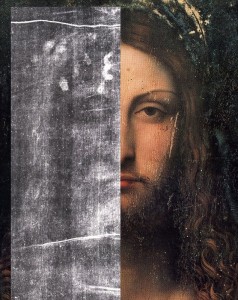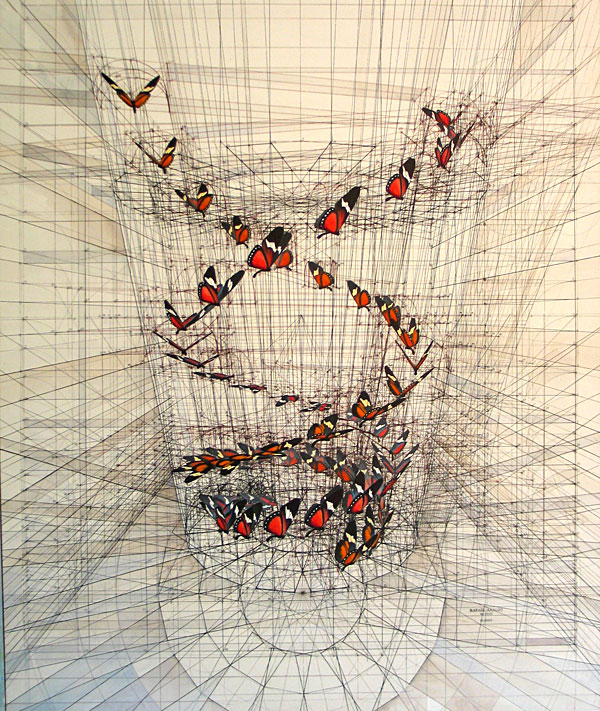
Case Study: Sendai Mediatheque l Toyo İto, Matsuro Sasaki
Reading Text: Emergence- The Connected Lives of Ants, Brains, Cities, and Software l Steven Johnson
Emergence is a tour of what are called adaptive self-organising systems: systems that are made up of many interacting agents who are individually not terribly smart, but who collectively come up with intelligent higher-level behavior. An ant colony is a great example of this kind of system: nobody is technically “in charge”, and yet somehow the ants manage to behave in astonishingly complex and amazing ways: quickly determining the shortest distance to a nearby food source, shifting roles among the colony members in response to changing needs in the real world, ants wander randomly, and upon finding food return to their colony while laying down pheromone trails. If other ants find such a path, they are likely not to keep traveling at random, but instead follow the trail laid by earlier ants, returning and reinforcing it if they eventually find food .Thus, when one ant finds a short path from the colony to a food source, other ants are more likely to follow that path, and such positive feedback eventually leaves all the ants following a single path.
The idea of the ant colony algorithm is to mimic this behavior with “simulated ants” walking around the search space representing the problem to be solved. The ant colony can be run continuously and can adapt to changes in real time. This is of interest in network routing and urban transportation systems. It turns out that the world is filled with these systems: in the formation of city neighborhoods, in the way our immune system learns about new invading microorganisms, in the neuronal connections of our brains. Johnson notes that this self re- organizing stems from the bottom up rather than directed by an external control factor
The 5 fundamental principals the author talks about are as follows
More is different – The drastic variation and complexity in terms of behavior and numbers is good for the higher outcome of work
Ignorance is useful -The ants demonstrate ignorance and carry out the task assigned rather than worry about complexity of the structure which could lead to further disaster
Encourage random encounters – The ants have an element of distributed computation to it involving the population of ants. They work without any orders and are able to adapt to transformation and change
Look for patterns – Exploit a global data structure that changes dynamically as each ant transverses the various route. They follow their ancestors, and the pheromones in them help them find their path and colonies they belong to.
Pay attention to your neighbors – An individual ant alters its behavior based on the behavior of other ants that it happens to encounter, involving probabilistic transitions and interaction among ants for better running of their colony and adapt to change for good when required.
The problem with the web is that it’s already far larger than the largest city on the planet, and it’s growing at an unprecedented clip, despite the recent economic downturn. When the great cities of the world experienced growth spurts, they dealt with the problem of growing too big too fast by developing neighborhoods – clusters of like-minded people gathering together and sharing their ideas within the larger metropolitan context. The web needs to undergo a similar transformation in order for it to deal with its growth rate. It needs to learn how to cluster.




